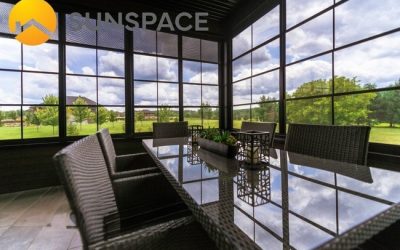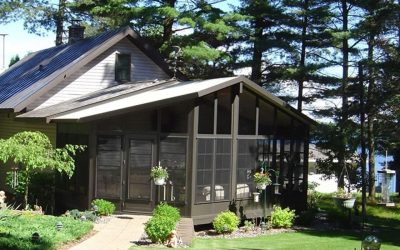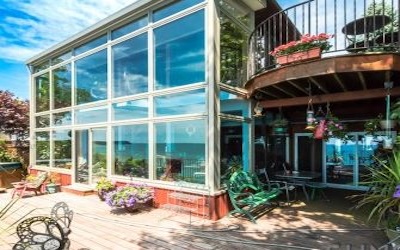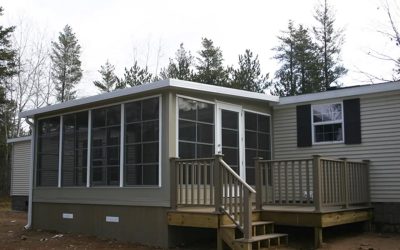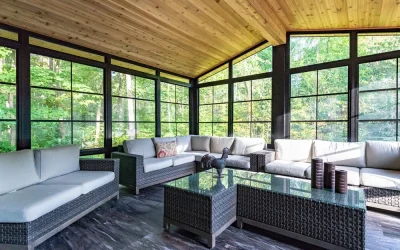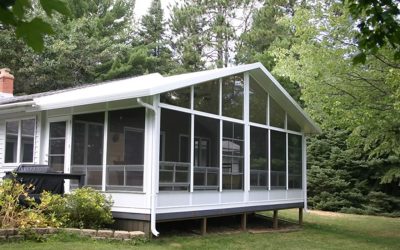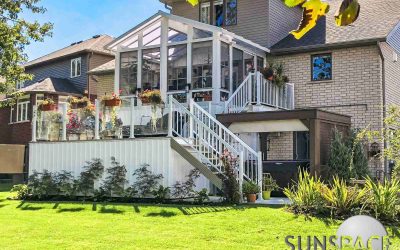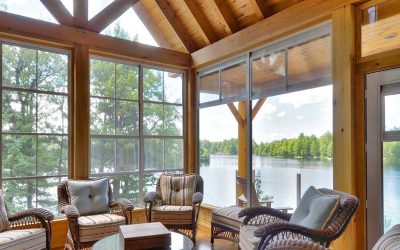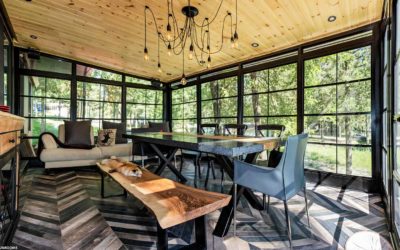Breathe in the fresh air of New England — without the bugs, wind, or pollen. Sunspace by Sunroom Designs installs WeatherMaster Windows, a versatile vinyl-pane 4-track system that transforms your porch, screen room, or patio into a cozy, functional space you can enjoy from early spring through late fall.
What Are WeatherMaster Windows?
WeatherMaster Windows are a custom-designed vertical or horizontal 4-track panel system made with View Flex® vinyl glazing instead of glass. This material is flexible, crystal-clear, and durable — perfect for Connecticut’s seasonal weather changes.
With panels that slide effortlessly, you can open your windows for up to 75% ventilation or close them to block wind, rain, and debris. They’re the ideal upgrade for homeowners who want the benefits of a sunroom without the expense of a full addition.
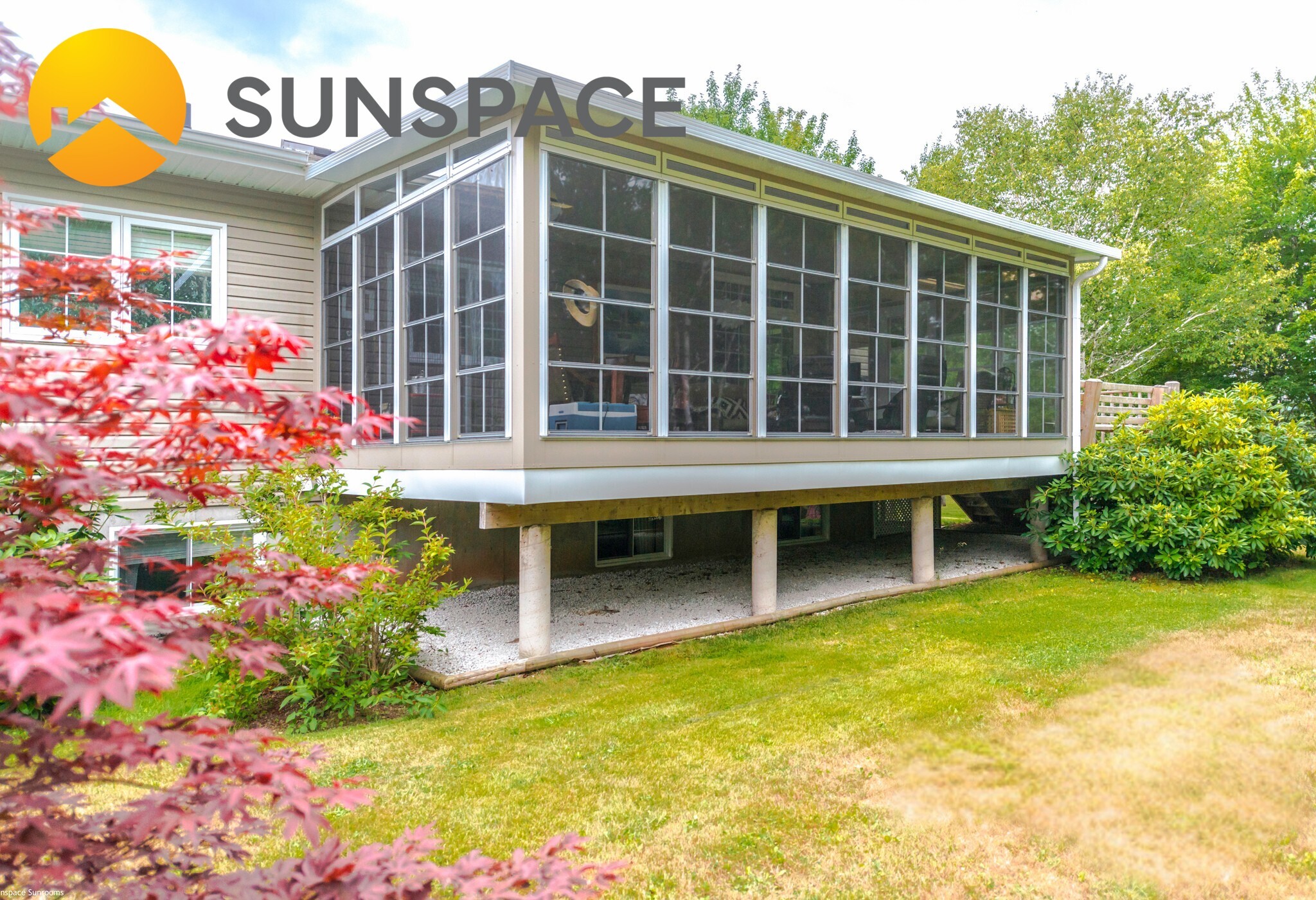
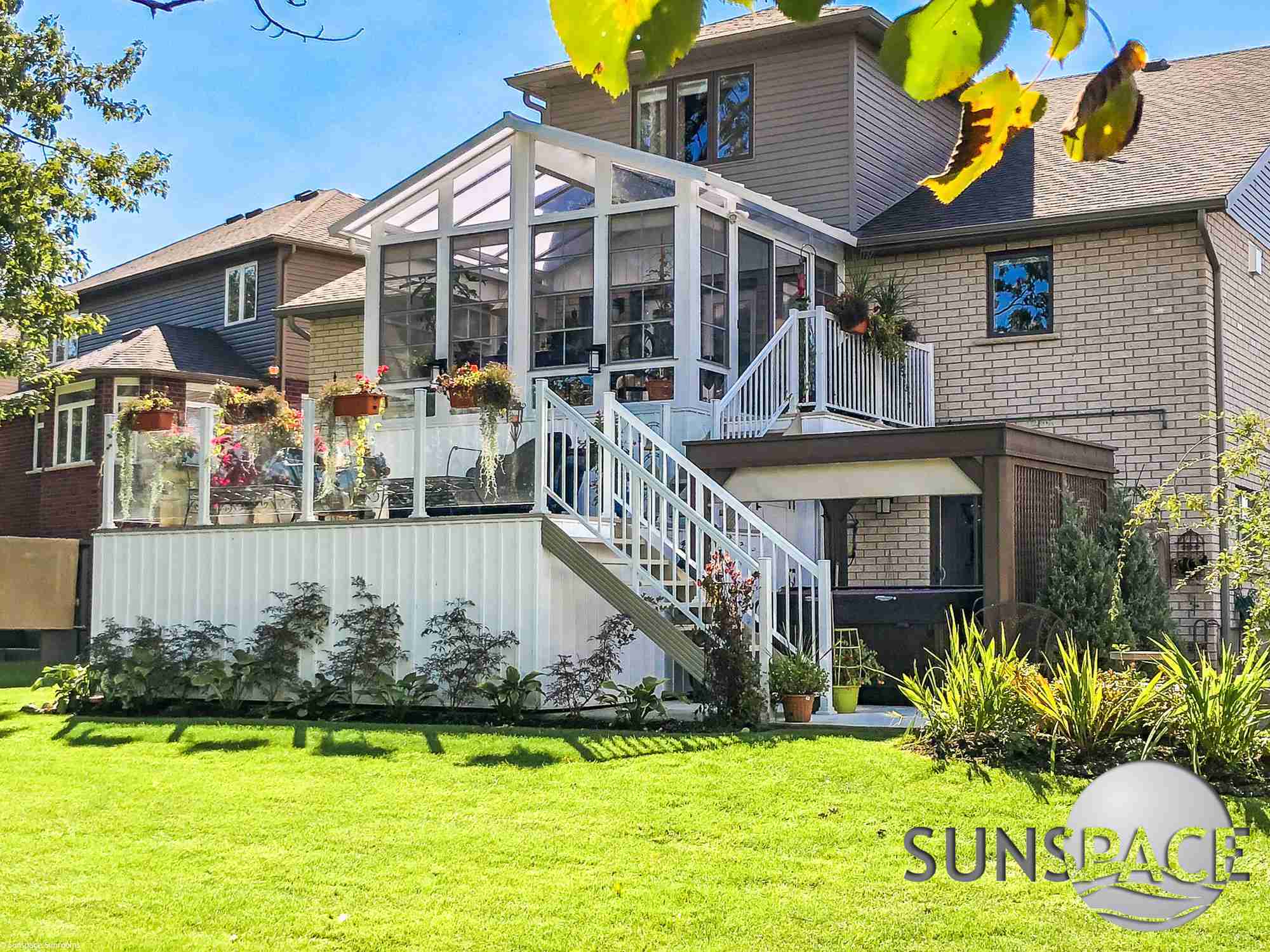
Key Benefits of WeatherMaster Windows
Extend Your Outdoor Living Season
Enjoy your porch or sunroom from the first warm days of spring to the crisp evenings of late autumn.
Custom Fit for Your Home
- Vertical or horizontal stacking
- Made-to-measure sizes for a perfect fit
- Frame colors: white, driftwood, bronze, and grey
Smooth Operation & Low Maintenance
- Nylon guide tracks for easy sliding
- Panels lift out for quick cleaning
- Won’t rust, warp, or peel
Protection from the Elements
- Blocks wind, rain, dust, and up to 99% of harmful UV rays
- Flexible vinyl resists breakage better than glass
- Reduces pollen infiltration for allergy relief
WeatherMaster Doors for a Complete Look
Pair your windows with WeatherMaster Entry Doors for a seamless, finished design. Options include:
- Single or French door styles
- Durable full fiberglass mesh
- Stainless steel hardware for lasting performance
WeatherMaster Windows vs. Traditional Glass & Screens
| Feature | WeatherMaster Windows | Traditional Glass | Screen Only |
|---|---|---|---|
| Ventilation | Up to 75% | Minimal | 100% |
| Weather Protection | Yes | Yes | No |
| UV Protection | Yes | Yes | Minimal |
| Weight | Lightweight | Heavy | N/A |
| Safety | Flexible vinyl glazing | Breakable glass | N/A |
| Maintenance | Low | Medium | Medium |
| Seasonal Use in Connecticut | Spring–Fall | Year-round | Seasonal |
Installation Options
- Retrofit: Upgrade your existing porch or screen room with minimal disruption.
- New Construction: Integrate WeatherMaster Windows into a new sunroom or patio enclosure.
- Porch Conversions: Turn open porches into enclosed living areas you can use for most of the year.
Why Choose Sunspace by Sunroom Designs
- Factory-trained WeatherMaster Window installers
- Over two decades serving Connecticut homeowners
- Locally owned & operated with a focus on craftsmanship
- Backed by a 10-year manufacturer’s warranty and dedicated customer care
Service Areas
We install WeatherMaster Windows throughout Connecticut, including: Glastonbury, Hartford, West Hartford, Manchester, Farmington, Avon, Simsbury, and surrounding communities.
Frequently Asked Questions
Q: What are WeatherMaster Windows made of? A: They feature View Flex® vinyl glazing, a safe, flexible, and clear alternative to glass.
Q: Can they be installed on my existing porch? A: Yes — most projects are retrofits that require little to no structural work.
Q: How much do WeatherMaster Windows cost in Connecticut? A: Prices vary by size, configuration, and installation. Contact us for a free estimate.
Q: Do they come with a warranty? A: Yes — a 10-year manufacturer’s warranty against factory defects.

